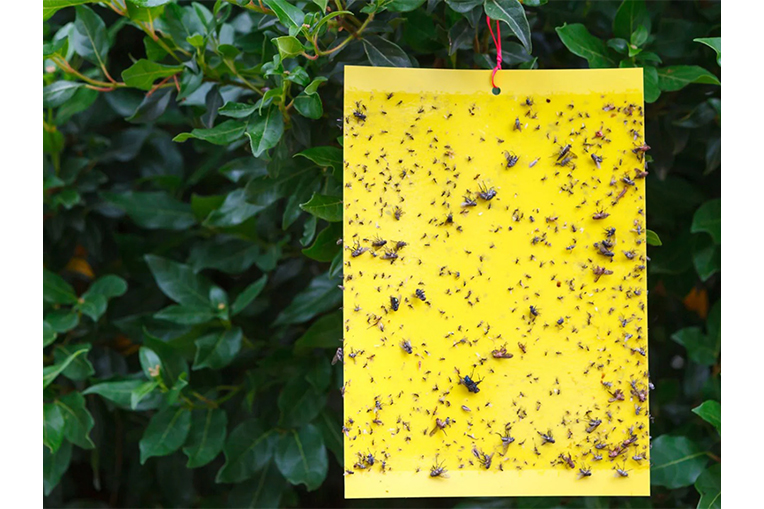Harnessing Nature's Arsenal: Biological Traps for Effective Pest Control
8/13/2023
Introduction
In the realm of pest control, a remarkable and eco-friendly approach has gained prominence – biological traps. As sustainable alternatives to chemical interventions, biological traps leverage nature's own mechanisms to combat pest infestations. This article delves into the concept of biological traps, their underlying principles, and how they offer effective solutions for managing pests while minimizing environmental impact.

Understanding Biological Traps
Biological traps are strategic tools that capitalize on the natural behavior of pests and their predators. These traps create an environment where pests are lured, captured, and controlled without resorting to harmful chemicals. By mimicking the insects' pheromones, food sources, or breeding habitats, biological traps entice pests into a trap that ensures their containment. This approach not only curtails pest populations but also maintains the ecological equilibrium by targeting specific pests, leaving beneficial organisms unharmed.
Diverse Applications of Biological Traps
The application of biological traps spans across various agricultural and environmental settings. In agriculture, pheromone traps attract pests like moths and beetles, preventing them from laying eggs in crops. Similarly, color traps exploit insects' attraction to certain hues, reducing their numbers in the field. Meanwhile, aquatic environments utilize traps that mimic breeding sites to attract and trap mosquitoes, curbing disease transmission. The versatility of biological traps extends beyond traditional farming to urban areas, conserving biodiversity and mitigating pest-related health risks.

Benefits and Future Outlook
The advantages of employing biological traps are manifold. Unlike chemical pesticides, these traps are species-specific, sparing non-target organisms and reducing collateral damage to the environment. Moreover, they integrate seamlessly with Integrated Pest Management (IPM) strategies, fostering a balanced ecosystem where natural predators and beneficial insects thrive. As advancements in trap design, pheromone research, and remote monitoring continue, the future of biological traps appears promising. They not only empower farmers and pest managers with effective tools but also contribute to a sustainable and resilient agricultural landscape.
Conclusion
Biological traps represent an ingenious fusion of science and nature, offering an innovative approach to pest control that aligns with environmental stewardship. By leveraging the innate instincts of pests, these traps minimize reliance on chemical pesticides, reduce ecological disruption, and preserve beneficial organisms. As the world seeks solutions that strike a harmonious balance between productivity and sustainability, the adoption of biological traps emerges as a crucial step toward ensuring effective pest control without compromising the delicate ecosystems we depend on.
Visits: 350